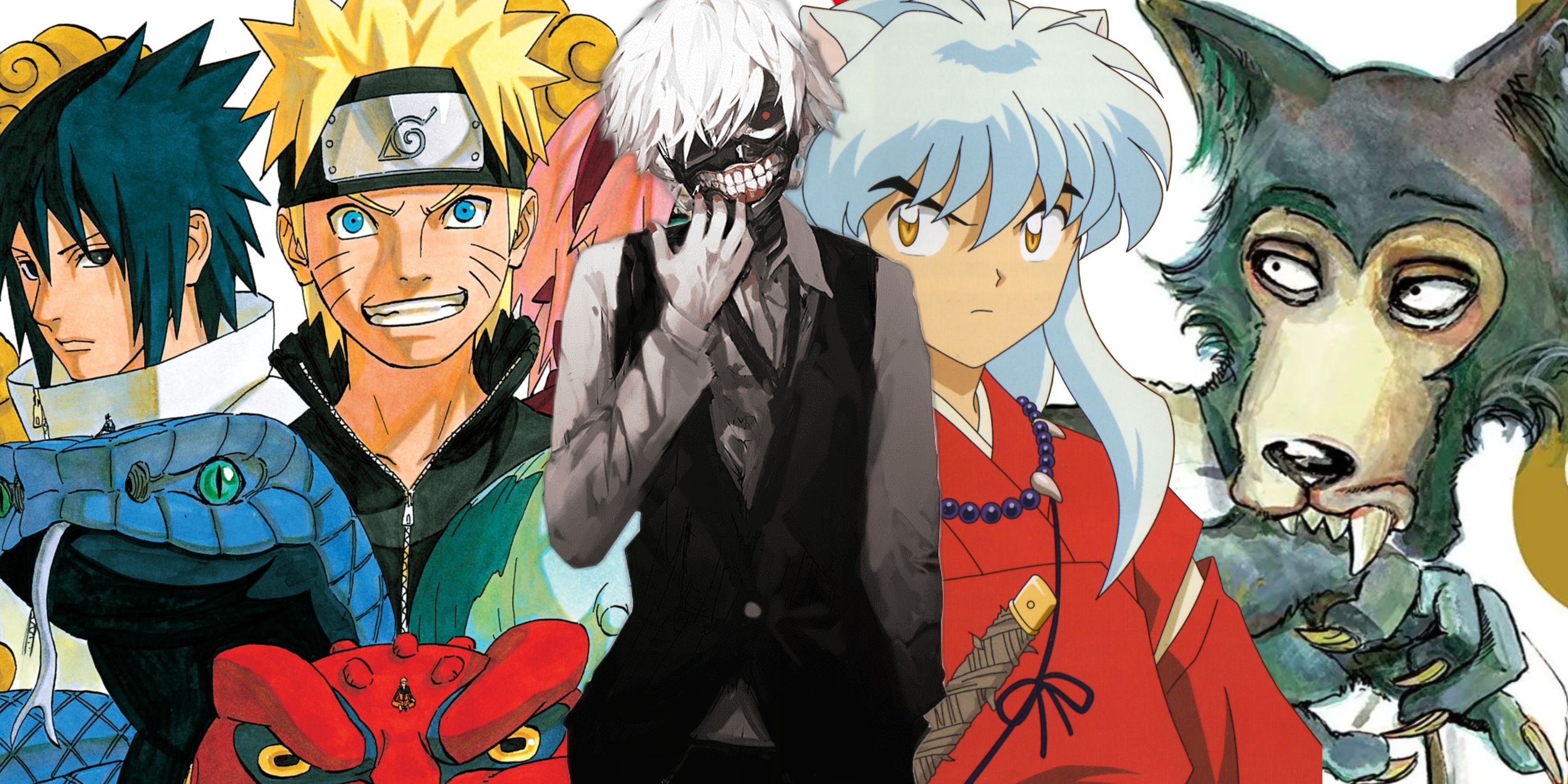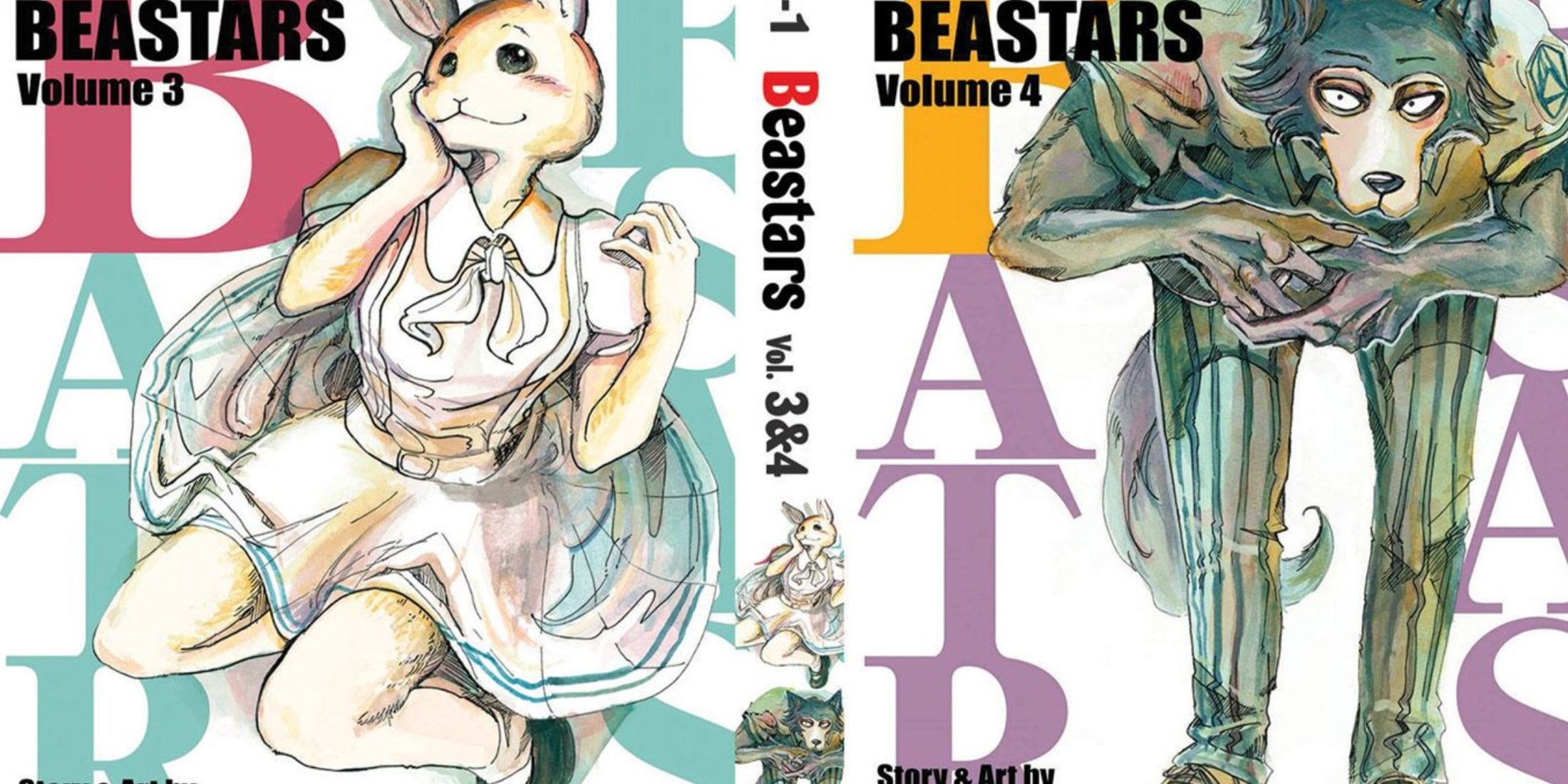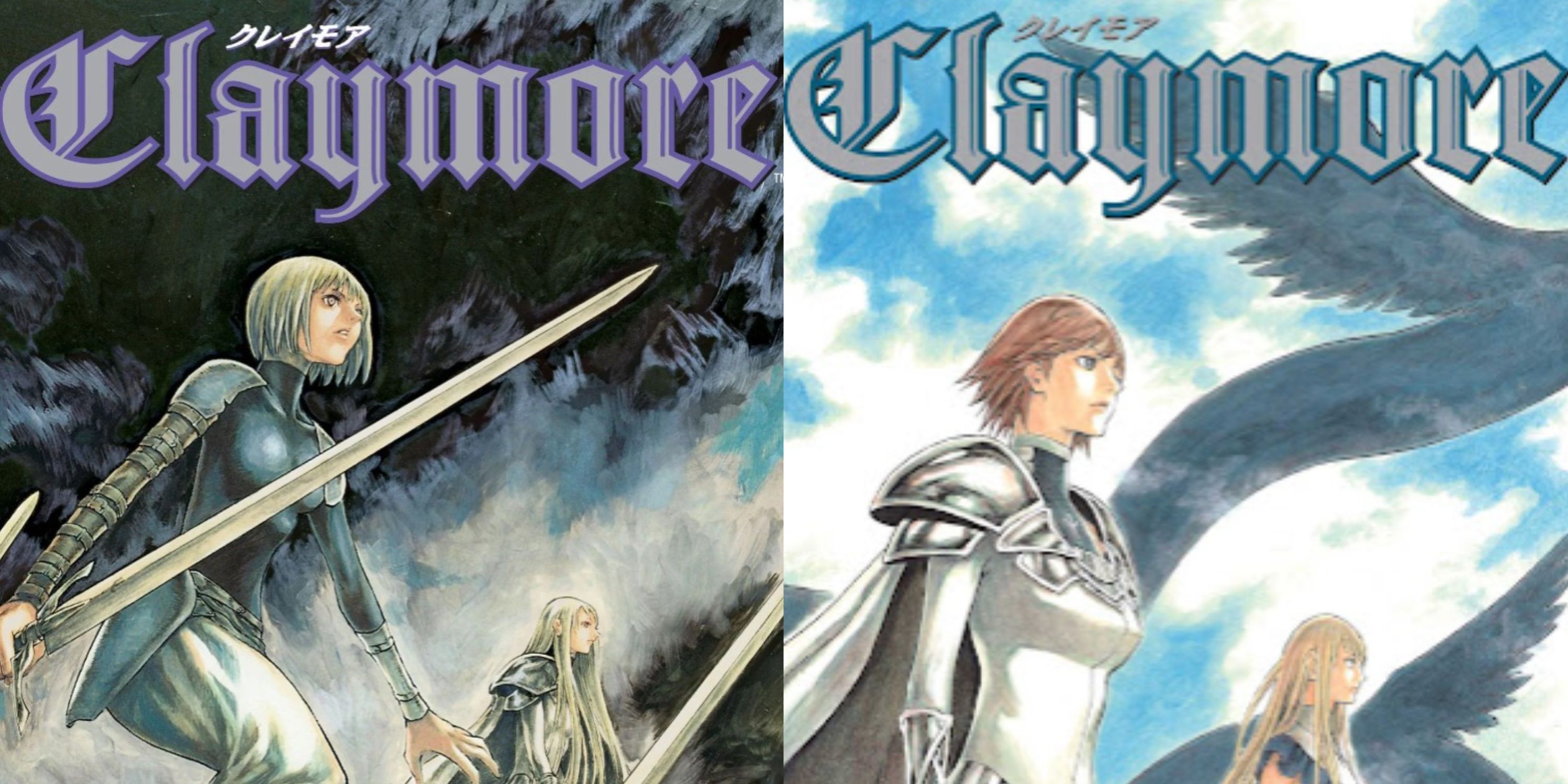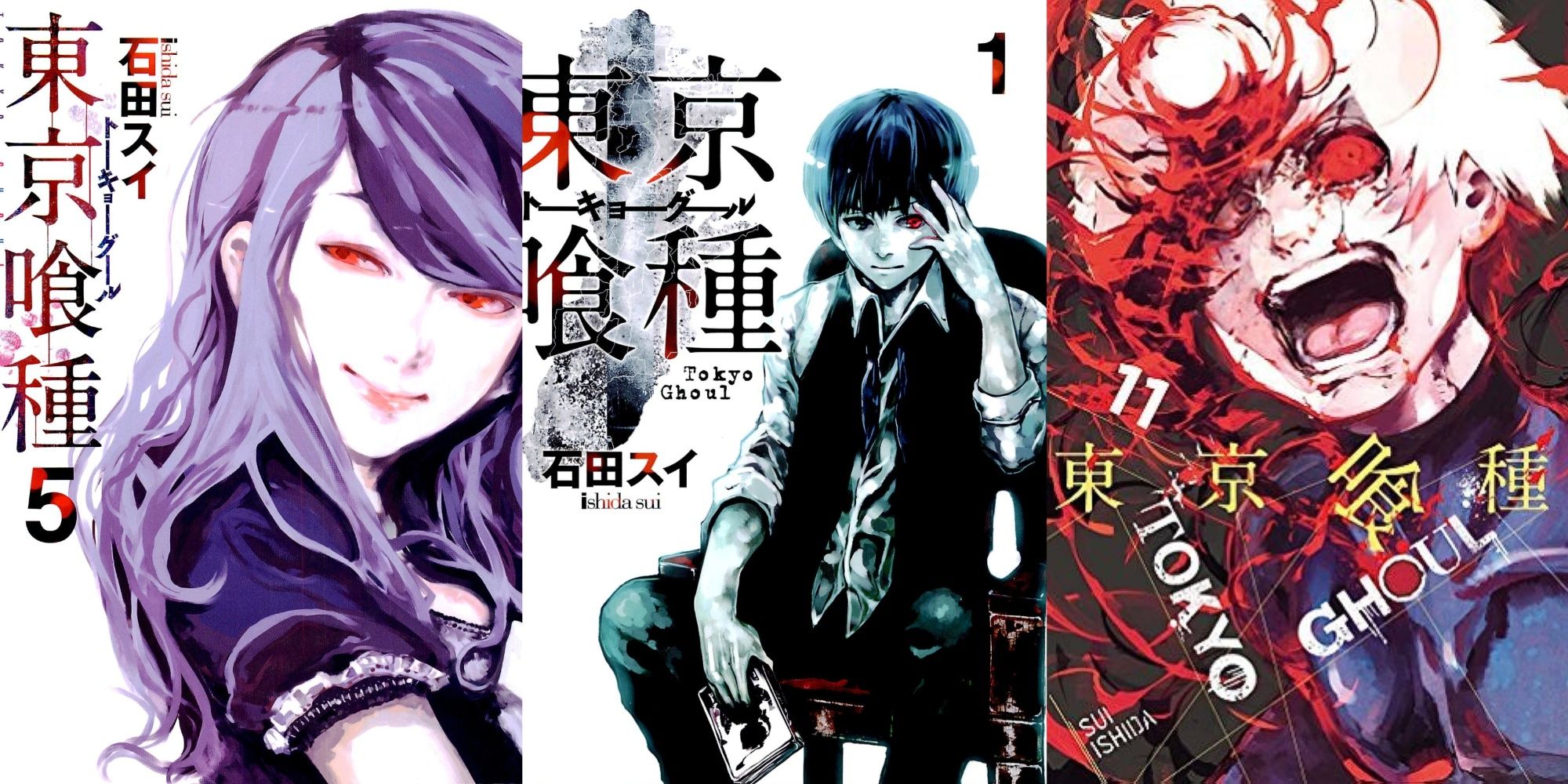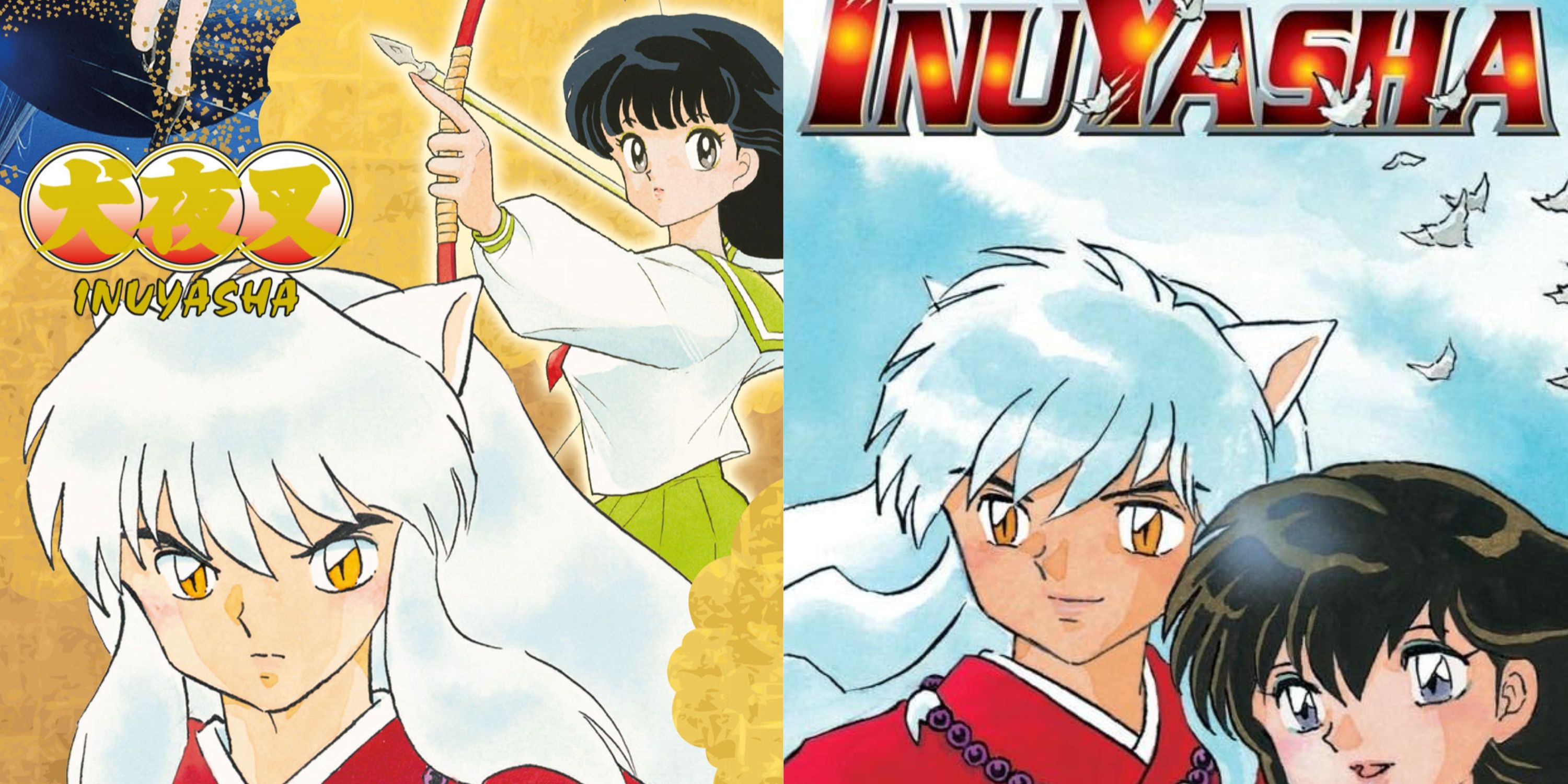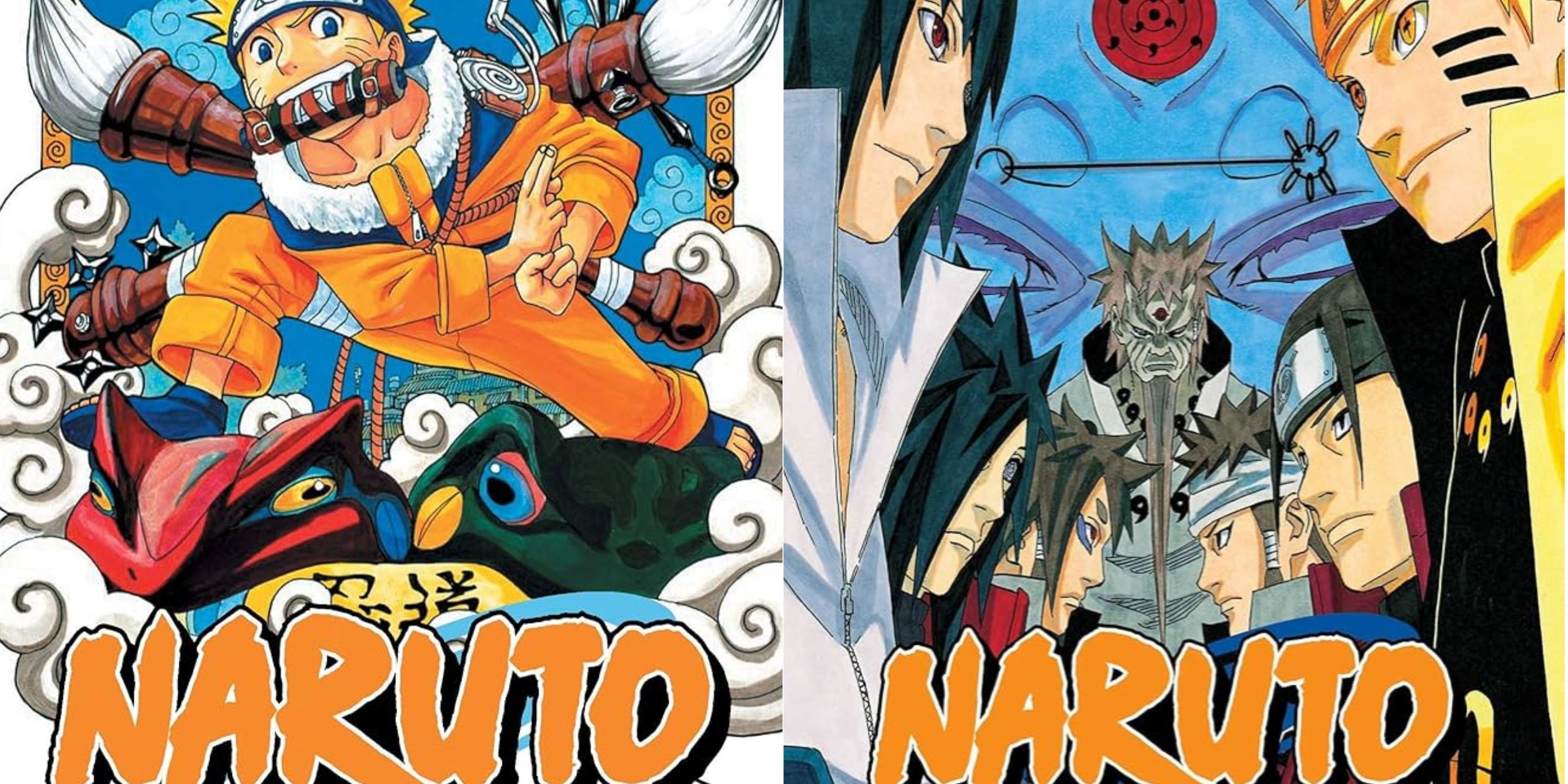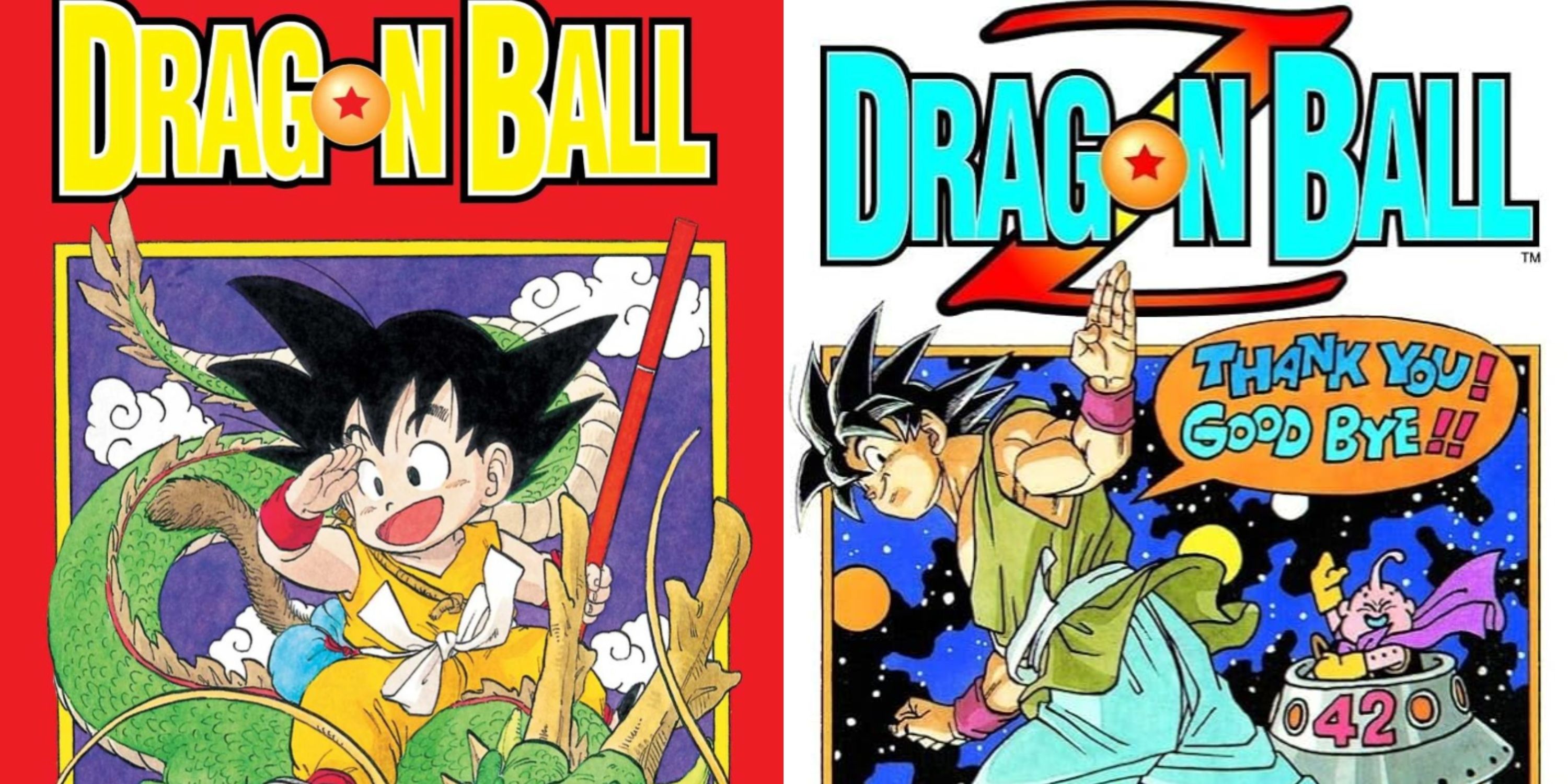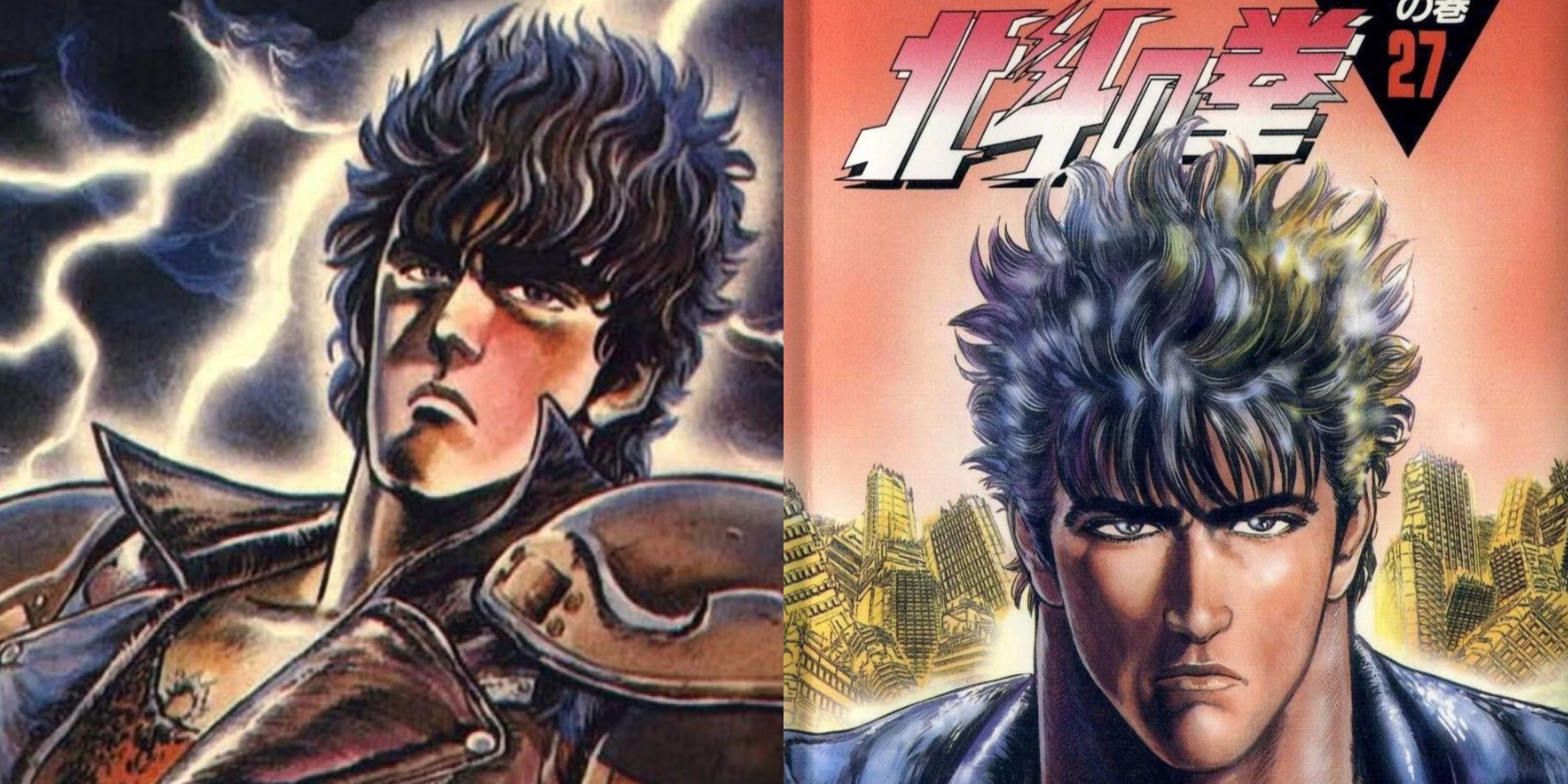Highlights
- Popular manga series often struggle to maintain quality and originality after resolving initial mysteries or conflicts.
- Extended story arcs post initial success can lead to dips in quality and reception by fans as seen in various manga series.
- Pacing issues and repetitive plot structures can lead to a decline in perceived quality in long-running manga series.
In the extremely competitive world of manga publication ruled by players such as Shueisha, Kodansha, Kadokawa, and Shogakukan, many artists and authors struggle to gain their first break in the industry. Additionally, few, if any, enjoy consistent levels of commercial success. When a series' ultimate fate is dictated by sales numbers and the threat of cancelation is ever present, the pressure to produce quality content is always high.
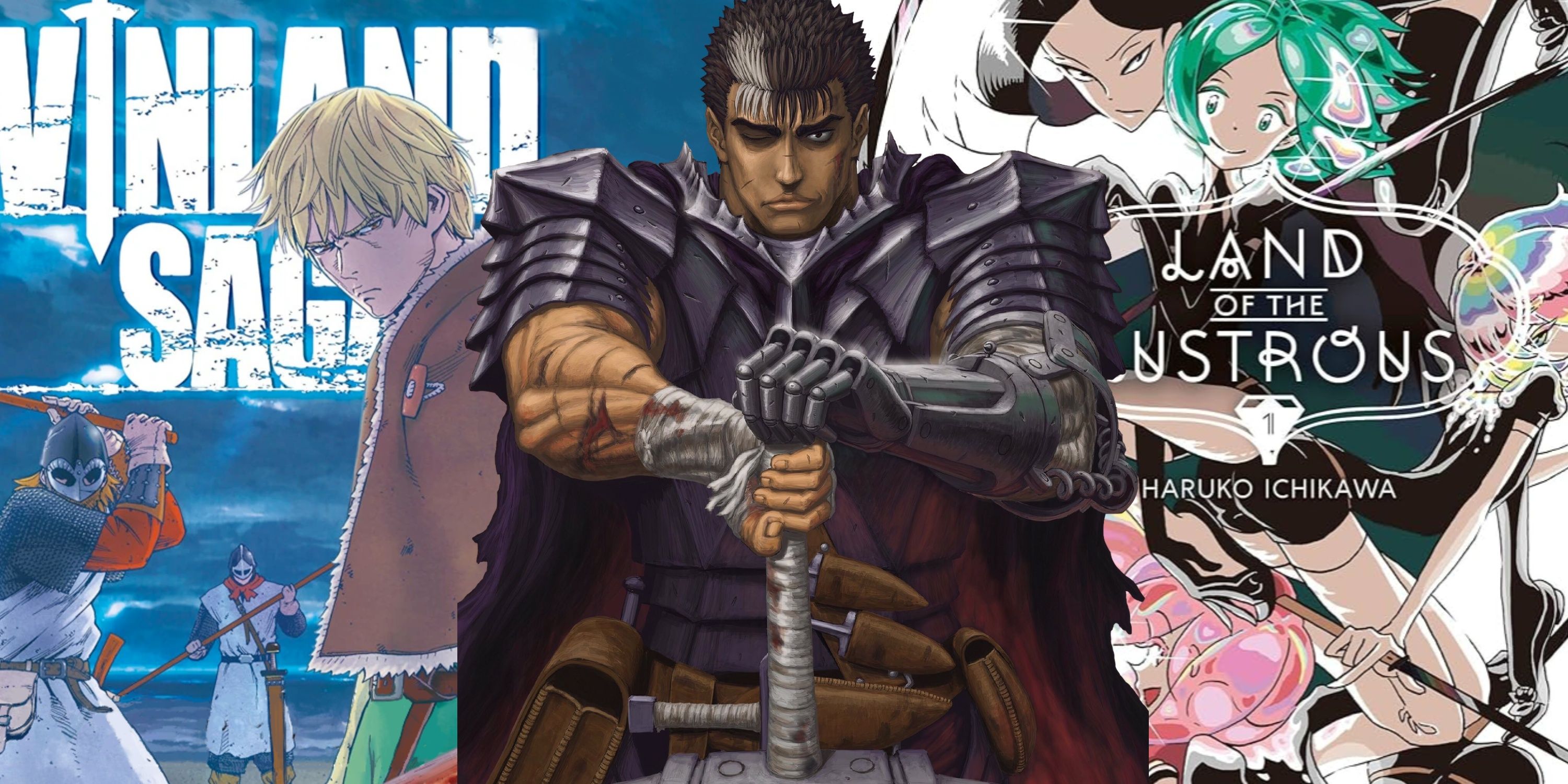
5 Seinen Manga To Catch Up On Before They End
For those seeking titles that deal with more mature content, here are some of the best seinen manga series to binge before their stories end.
Naturally, when a series does garner praise and readership, it is normal for authors and artists to carry on their story and flesh it out as much as possible, to do justice to their efforts. On this note, there are some exceptional manga that went a bit too far in capitalizing on their success, dragging on their stories with significant dips in quality due to the immense demand for more content. While the legacy of these titles remains untarnished due to their unquestionable influence on subsequent manga, some of them could have fared better by concluding their stories at a more fitting juncture, instead of extending their serialization.
7 Beastars
Lost Momentum After Its Main Mystery Was Solved
Publishing Date | September 8, 2016 to October 8, 2020 |
No. Of Volumes | 22 |
Genre | Coming Of Age, Fantasy, Drama |
Originally Published In | Weekly Shonen Champion |
Starting off with an intriguing premise, complex character dynamics, and a chilling mystery at its heart, Paru Itagaki's Beastars attained considerable commercial and critical success quite early on in its run. This ranged from winning multiple awards to gaining an equally acclaimed anime by Orange in 2019. Set in a world filled with anthropomorphic animals, the series follows Legoshi, an adolescent gray wolf, who is forced to navigate the tensions between herbivores and carnivores in his high school as well as society at large.
Commencing with a gruesome murder that brought this conflict to the fore, the series explored its diverse cast of characters in considerable depth while slowly unraveling the whodunnit style plot that sparked its initial momentum. However, after this was resolved around the mid-point of the manga's eventual run, subsequent story arcs lacked the original depth and nuance of earlier ones, resulting in a stretched path towards its eventual conclusion.
6 Claymore
A Drawn Out Latter Half With Muddled Twists
Publishing Date | June 6, 2001 to October 4, 2014 |
No. Of Volumes | 27 |
Genre | Adventure, Dark Fantasy, Sword And Sorcery |
Originally Published In | Monthly Shonen Jump, Weekly Shonen Jump, Jump Square |
Without a doubt, the first half of Claymore, prior to its lengthy time skip, features some exquisite storytelling, character writing, and action, leaving an impact on dark fantasy manga that is discernible even today. Moreover, Norihiro Yagi's artwork leaves little to be desired, with its abundance of detail playing an important role in fleshing out the macabre setting of the series, while also making the body horror in the story seem all the more terrifying.
Unfortunately, the perplexing end to the time skip, followed by the convoluted twists that defined the climax of the series were bland solutions to undo story beats that were included for shock value. Although there were a few monumental moments of catharsis towards the story's end, the many reversed character deaths and unresolved loose ends, coupled with the all too convenient ending, made the series fall short of its initial promise, even if it still makes for a compelling read.
5 Tokyo Ghoul
Failed To Maintain Its High Standards In The Final Third
Publishing Date | September 8, 2011 to July 5, 2018 |
No. Of Volumes | 14 + 16 (Tokyo Ghoul:re) |
Genre | Dark Fantasy, Supernatural Thriller |
Originally Published In | Weekly Young Jump |
Sui Ishida's work on Tokyo Ghoul and Tokyo Ghoul:redeserves a great deal of praise for how influential it has been in the realms of dark fantasy and psychological thriller series. Boasting an engaging initial concept that tackles issues such as discrimination, systemic corruption, and pertinent questions on identity, Tokyo Ghoul contrasts its violent and brutal story with deep explorations of the human psyche when pushed to extremes.
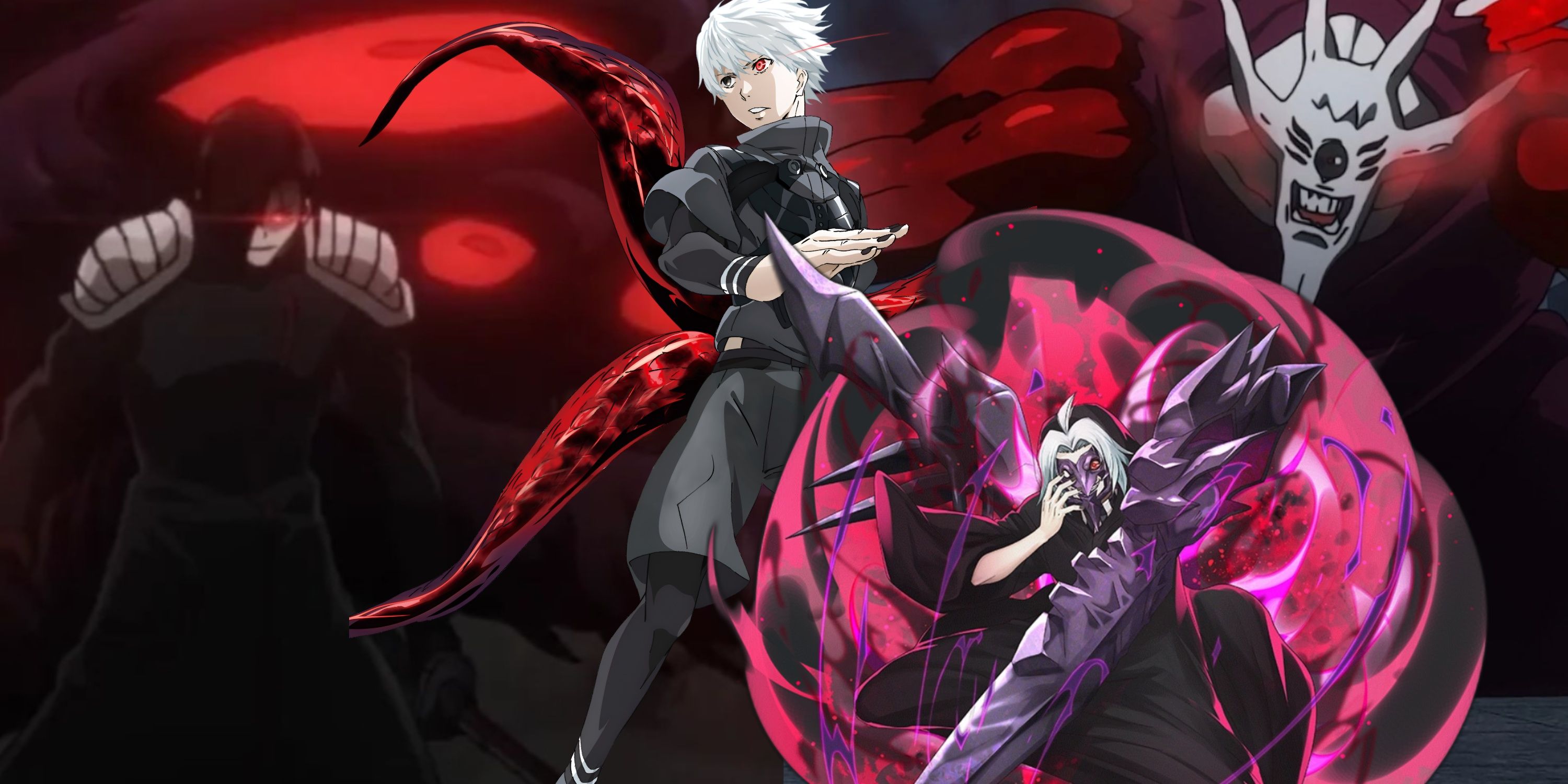
Tokyo Ghoul: 10 Strongest Ghouls In The Manga, Ranked
Ghouls inspire fear among humans with their augmented physical abilities and their predatory organs, but some are more powerful than others.
The story revolves around Ken Kaneki, a mild-mannered human thrown headfirst into the world of ghouls — a carnivorous humanoid species that subsists on human flesh. After a near fatal accident results in him becoming a ghoul-human hybrid, the series sees Kaneki confront his new identity as a ghoul while being a major player in the conflict between ghouls and humans in the city of Tokyo. While Tokyo Ghoul ended on a massive cliffhanger, its sequel, Tokyo Ghoul:re, had a strong start, but the cracks in the narrative began to appear in its later arcs, which culminated in hard-to-follow action, forgettable new characters, and an underwhelming final battle.
4 Inuyasha
Weighed Down By Relatively Cyclical Narrative Arcs
Publishing Date | November 13, 1996 to June 18, 2008 |
No. Of Volumes | 56 |
Genre | Adventure, Fantasy, Romance |
Originally Published In | Weekly Shonen Sunday |
Blending isekai elements with action, romance, and fantasy, Inuyasha is one of the most successful manga by celebrated artist Rumiko Takahashi. The series follows 15-year-old middle school student Kagome Higurashi, as she is transported to a fantasy reimagining of Japan's Sengoku period, where she meets the half-dog demon, half-human, Inuyasha. After becoming the host of the sacred Shikon Jewel, Kagome inadvertently breaks it into innumerable fragments which spread out across Japan.
On a quest to recover the broken fragments to prevent them from falling into the hands of the evil demon Naraku, Inuyasha and Kagome encounter many adventures and allies along their journey, growing closer to one another in the process. The series was a considerable change from Takahashi's earlier work, which held a more comedic tone, using its setting in the Sengoku Period to depict darker, violent themes that aligned better with the adventure and fantasy genres. That being said, the recycling of plot structures as well as some of the pacing issues of the manga's narrative, did extend its run to some extent.
3 Naruto
Suffered From A Bloated Final War Arc
Publishing Date | September 21, 1999 to November 10, 2014 |
No. Of Volumes | 70 |
Genre | Adventure, Fantasy Comedy, Martial Arts |
Originally Published In | Weekly Shonen Jump |
Even though Naruto's status as one of the original "Big Three" Shonen Jump manga is indisputable, the series experienced an obvious drop in quality towards the end of Part II. Masashi Kishimoto's epic story of a boisterous knuckleheaded ninja striving to achieve his childhood dream of becoming Hokage, had many highs over the course of its 15-year run, but the latter half of the Fourth Shinobi World War has fared poorly when compared to earlier story arcs in the series.
The problems here ranged from soaring power creep to perplexing character motivations, leading up to a final antagonist who seemed to appear almost from thin air. In short, the War Arc is one of the most criticized aspects of an otherwise great series, which is made all the more alarming by the fact that it accounts for more than 200 chapters of the original manga, representing the single longest conflict in the entire story.
2 Dragon Ball
Burdened By A Flawed Final Saga
Publishing Date | November 20, 1984 – May 23, 1995 |
No. Of Volumes | 42 |
Genre | Adventure, Fantasy Comedy, Martial Arts |
Originally Published In | Weekly Shonen Jump |
Currently, the influence of Akira Toriyama's Dragon Ball extends far beyond the domain of manga, as it is a multimedia franchise that encompasses anime, film, gaming, card games, and a never ending stream of merchandise, among other things. Having inspired several sequel series, including Dragon Ball GT and Dragon Ball Super, Son Goku's tale has continued decades after its initial conclusion when the manga ended serialization back in 1995.

How Death Lost All Meaning In Dragon Ball Z
Here's why death became an easily reversible phenomenon over the course of the series, making it lose all sense of finality.
The immensely high quality of the manga's art, storyboarding, action, and use of narrative arcs, have influenced virtually every shonen battle manga in the years since its release, including Shonen Jump's "Big Three." That being said, the Majin Buu Saga, which represented the final major story arc in Dragon Ball, was a significant downgrade from the lofty standards Toriyama had set with preceding sagas in the series, such as the Cell Saga and the Frieza Saga. Despite some compelling moments — such as the introduction of Fusion and Super Saiyan 3 — the superfluous and dragged out battles of the Majin Buu Saga were a clear sign that it was high time to temporarily bid adieu to the Dragon World.
1 Fist Of The North Star
Kept Going After A Poetic Finale To Its Main Narrative
Publishing Date | September 13, 1983 – August 8, 1988 |
No. Of Volumes | 27 |
Genre | Adventure, Martial Arts, Post-Apocalyptic |
Originally Published In | Weekly Shonen Jump |
Few shonen manga have exerted as much of a mark on the medium as Buronson and Tetsuo Hara's Fist of the North Star. One of the best-selling manga in history, the series' influence can be seen even in contemporary seinen titles such as Berserk, which attests to how it set the template that many of its successors would rework and capitalize on. Taking place in a world ravaged by nuclear war, the series follows Kenshiro, a lone martial artist navigating the ruins of a post-apocalyptic wasteland in search of his betrothed, Yuria.
On his journey, Kenshiro encounters many rivals and allies, taking on dangerous gangs and criminal organizations competing for the scarce remaining resources on the planet. The series' art, ultraviolence, and post-apocalyptic setting have been lauded in the years since it ended publication, but its post-time skip storyline has received some criticism, since it dragged on the narrative after an almost perfect ending with Kenshiro and Yuria reunited and riding off into the sunset. Even though they did have their share of merits, Fist of the North Star's latter arcs have long been rumored to be the product of the manga's success, necessitating an extension to its story.
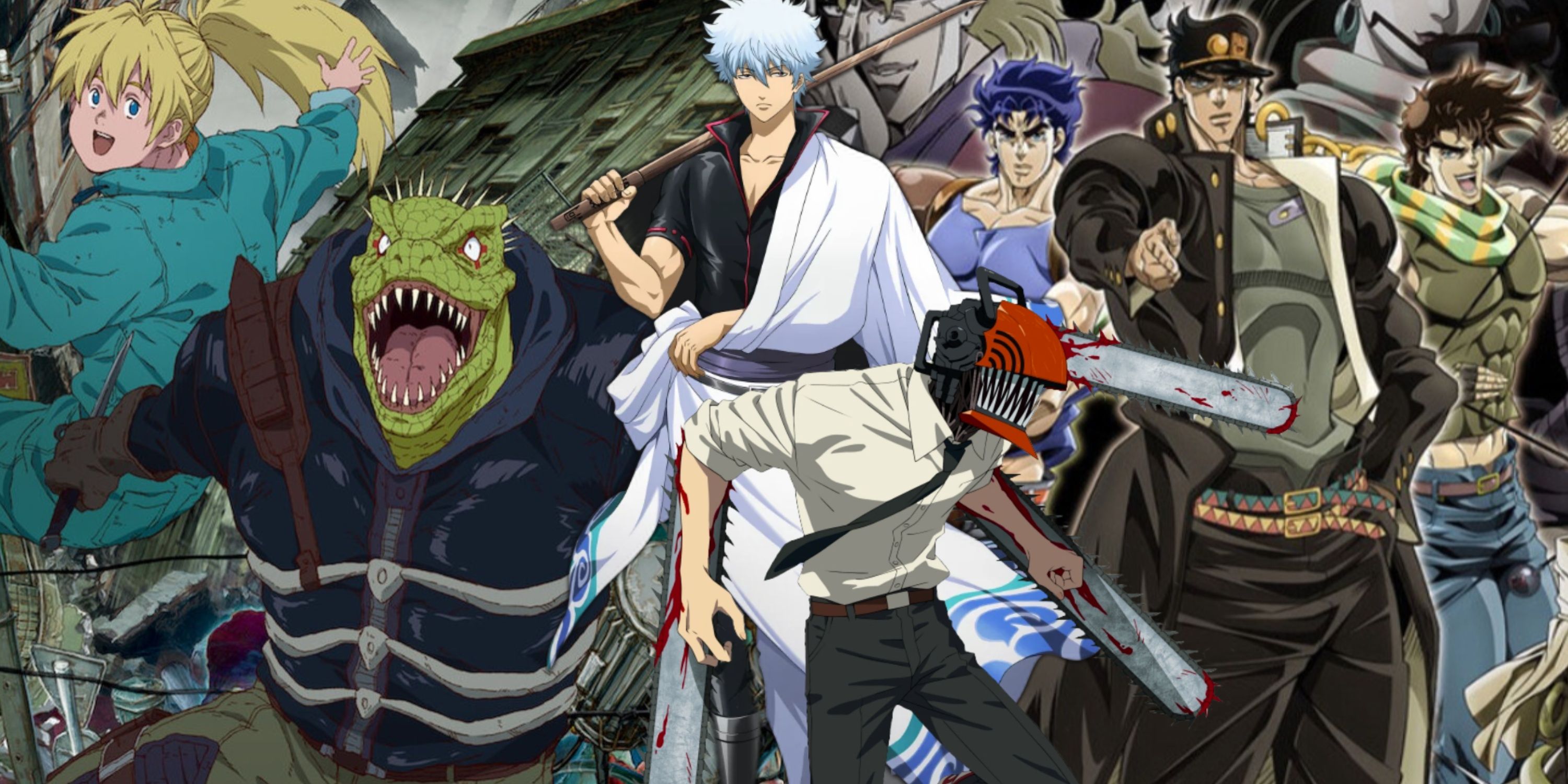
7 Great Manga That Blend Genres
These series have dared to transcend the limitations of genre-based classifications, yielding stories that are in a class of their own.

